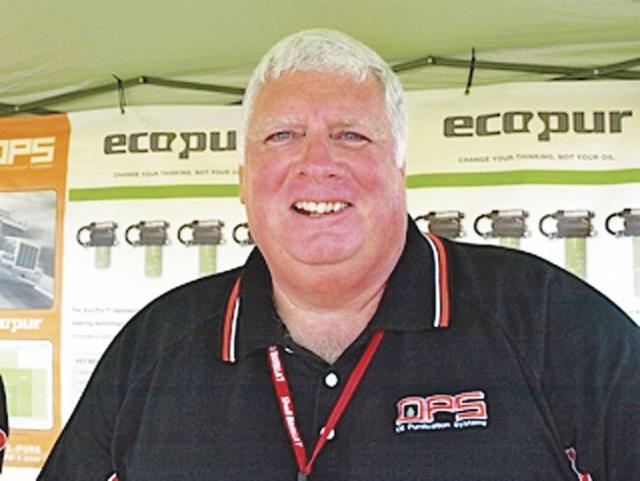Understanding Oil Contaminants

Before I get into this month’s article, I want to remind everyone that the Great American Truck is coming up August 22nd to 24th at the Kay Bailey Hutchinson Convention Center in Dallas. If you haven’t made plans to attend, I suggest you register at: www.truckshow.com . Congratulations if you have already registered, you truly must understand the value of attending a truck show. Stop by the OPS-Oil Purification Systems booth 1012 and I will gladly discuss oil sampling and oil related issues with you. I hope to see you there.
How do you know
if you need to overhaul your engine? Will an oil sample provide the answer for
you? In the case of normal wear, the sample results will give you an indication
that an overhaul is due by increases in wear metals, soot, and fuel etc. Overhaul may be required due to fracture of
internal parts that may or may not be detected by an oil sample, but the
majority of overhauls are due to normal wear over time.
Increases in iron
wear coupled with lead copper and/or aluminum would indicate that bearings have
worn down through the outer layers and are due for replacement. Most engine
bearings consist of 3 layers of metals a Babbitt metal that is made up
primarily of a lead, nickel, tin, copper overlay, a second layer of copper or
aluminum held in place with a steel backing ring. Any worn bearings would not
properly protect the iron parts and the iron wear would be accelerated etc.
Don’t panic if you have high lead on a sample as the lead is the outer material
and is sacrificial. It is intended to wear in place of iron etc., likewise
if you have high copper but low lead wear it is probably not a bearing but
leaching of the copper tubing in oil cooler. In any case before you spend
thousands on an overhaul make sure you get a reputable shop to inspect engine
and don’t rely solely on oil sample results. For all you know the air
compressor bearings could be shot and you only need to replace it.
Increases in
iron, chromium, soot, fuel and nitration would most likely indicate a broken or
defective ring that is scoring a cylinder wall. The defective ring will reduce
compression and increase blow-by and create soot from unburned fuel. The raw
fuel does not compress properly and passes through rings into the oil as does
the exhaust gasses that increase nitration. You would also see increased fuel
consumption and lower MPG as fuel will not properly ignite. You may need to
sleeve the cylinders and replace rings if wear is excessive.
If your oil shows
signs of antifreeze (sodium and potassium) it may indicate that you have a
cracked head gasket or head. It could also indicate a leaking oil cooler or EGR
valve. In any event if you are adding
coolant constantly and it is mixing with oil you should have system checked and
repaired as soon as possible. The antifreeze reacts with zinc, the anti- wear
additive in oil that prevents metal to metal wear. Failure to stop this
intrusion over time will lead to costly repairs up to and including overhaul or
a complete engine replacement.
The oil sample
results can tell you a lot about the inner workings of your engine, but you
should take the time to speak with lab or oil sample expert before making any
serious and costly repairs.
I hope to see you
at GATS. We will be in OPS-Oil Purification booth 1012, stop by if you are
attending the show. If you have any
topics you would like discussed in this column, please email me: [email protected]horizoncp.biz
